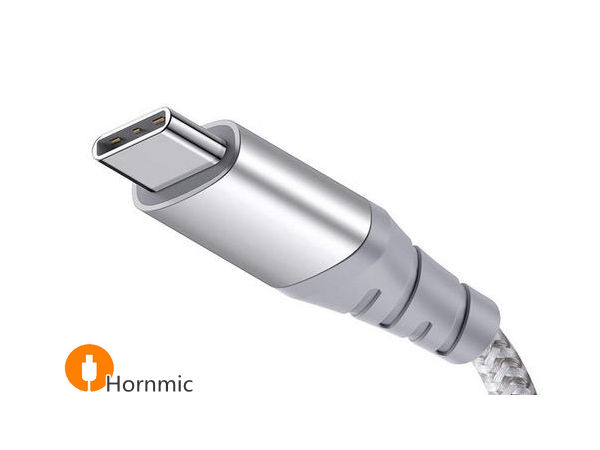The Effect of USB Cable‘s Resistance on Voltage Drop
Time:2023-10-27
Views:452
The Effect of USB Cable‘s Resistance on Voltage Drop
What Is Voltage Drop?
For USB cable, the voltage drop is the voltage difference between the two ends of the cable. For example, if 5V power supply is connected to the input of the cable, but only 4.8V is detected at the output end, so the voltage drop of the cable is 0.2V.
Then how is the voltage drop generated?
Although the material used in the USB cable is a good copper conductor, there is small resistance inside it, so when the charger and phone are connected with the USB cable, it is equivalent to connecting a resistor in series in a circuit. In the charging circuit, there is current through the USB cable, due to the resistance cable, the cable will naturally produce a voltage difference between the two ends, and the value is the voltage drop.
Why is voltage drop the key to charging efficiency?
As a simple example, when the charger output voltage is 5V and the charging circuit current is 2A, using a USB cable with a voltage drop of 0.2V means that the input voltage of the terminal device is 4.8V and the total input power is 9.6W (power loss of 4%); While using a USB cable with a voltage drop of 0.4V means that the input power of the terminal device is only 2A *4.6V = 9.2W (8% power loss). The lower the input power means the slower the charging speed, which is the main reason why the voltage drop of the cable can affect the charging efficiency.
Calculation of Voltage Drop.
ΔU = I * R
ΔU : Voltage drop between cable terminals
I : Current through cable
R : Resistance of cable
ΔP = I2 * R =ΔU * I
ΔP : Power loss
I : Current through cable
R : Resistance of cable
ΔU : Voltage drop between cable terminals
Example: A common USB power adapter outputs 5V/2A, and if the cable resistor is 0.1 Ω, then :
Voltage drop is: ΔU = 2A * 0.1 Ω = 0.2V
Power loss is: ΔP = 2A * 2A * 0.1 Ω = 0.4W
Power loss percentage = 0.4W / 10W = 4%
Calculation of USB cable’s resistance.
R = ρ * L / S
Where ρ indicates that the resistivity of the condoctor’s material is determined by the nature of the material used itself. The resistivity of pure copper used in USB cable is: 0.0172 Ω*mm2/m.
L indicates the length of the material used, and S indicates the cross-sectional area of cable.
The cross-sectional area of a 22AWG gauge copper wire is 0.324mm2, so the resistance of a 1m length of 22AWG copper wire is
R = 0.0172 * 1 / 0.324 = 0.0532 Ω
More current flowing or higher resistance wire will result in a higher voltage drop. And longer length or small section area will make the voltage drop higher too.
General USB signal cable in accordance with the USB2.0 standard design for 28AWG transmission for the mainstream, if the test attenuation, the longest can be about 4 meters.
Some advice for signal cable:
If you consider the DC voltage drop in the association requirements of 125mV conditions, 28AWG USB cable using the length recommended within 1 meter, 26AWG USB cable recommended length of no more than 1.7 meters, 24AWG USB cable recommended length of no more than 2.7 meters, 22AWG USB cable recommended length of no more than 4.3 meters, and 20AWG USB cable recommended length not to exceed 5 meters. In accordance with the USB2.0 standard test specifications reference: these five specifications of the conductor cross-sectional area are recommended (28,26,24,22,20AWG).
HornmicLink USB Cable is manufactured in strict accordance with AWG standards to ensure the high quality of the product and the safety of the user.
By HornmicLink_Bob Kuo @231027 11:45












